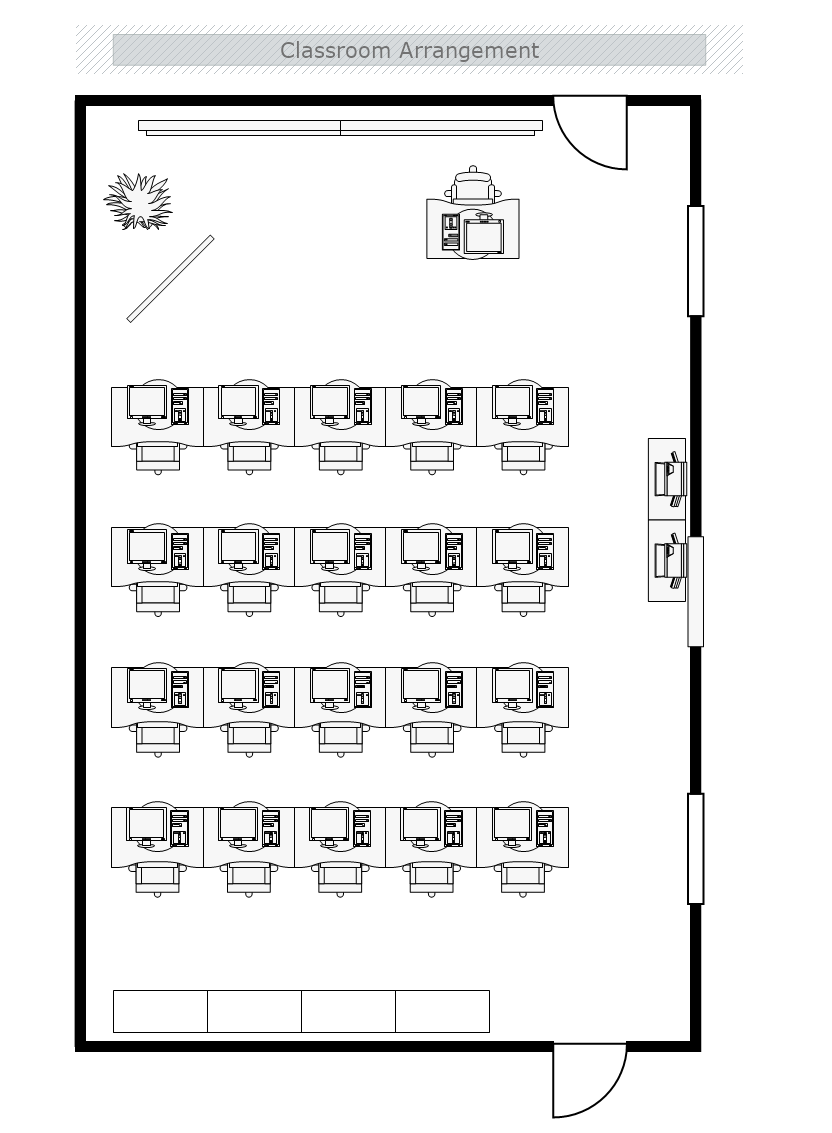
The classroom seating arrangement is vital for the success of the learners' engagement. The perfect desk configuration that fits your teaching style, your students, and your classroom space is crucial for the lessons to go smoothly.
A lot of factors contribute to determining the most effective classroom seating arrangement. It is important to have a configuration that can be flexible to accommodate classroom variety.
Teacher-Centered Class- If your class is going to be a lecture- and presentation it is best to use a configuration where all students can see the lecturer.
Learner-Centered Class- The focus here is student discussions and group work. Therefore configuration of the room should inspire interaction between students.
Both: The classroom’s seating chart has to be flexible and functional to have a balance.
Minimal- flows from the teacher to the student. Tests and individual work are dominant in the class.
Small Groups- inspires interaction in pairs and group discussions/projects.
Large Groups- engagement flows in group discussions and lessons with most of the students presenting opinions and facts.
Knowledge- Students will learn and understand the content of the coursework. Use configurations that support independent activity and emphasize focus on content.
Skill Growth- Students develop a certain set of skills during this course. For skills that rely on cooperation, communication, teamwork, reflection, etc., layouts that encourage group work and discussion are preferred. For more independent skills like troubleshooting, analysis, listening, etc., look for configurations that support independent work and minimize distractions.